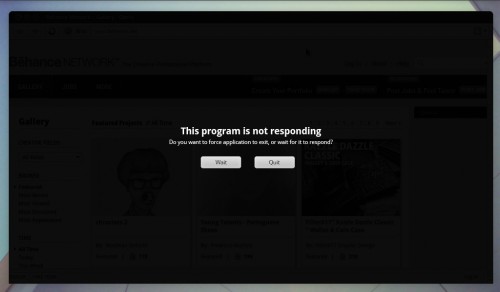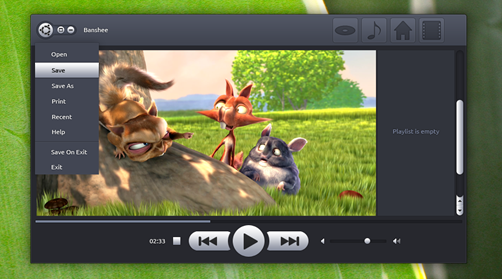Today I had to install Microsoft Office 2007 at work. I don't like it but I had to install it because I work with storyboards (created in MS PowerPoint) and apparently these look differently in OpenOffice/LibreOffice and Microsoft Office 2007+. Since some of you are probably in the same situation as me (one way or another) and have to use Microsoft Office, I though I'd let you know how to install and get it to work in Ubuntu - the process is fairly easy but it involves a little "trick" to get PowerPoint to work.
Install and get Microsoft Office 2007 to work in Ubuntu
1. Firstly make sure you're running the latest WINE:sudo add-apt-repository ppa:ubuntu-wine/ppa
sudo apt-get update
sudo apt-get install wine1.32. Go to Applications > Wine > Configure Wine and on the "Applications tab" select "Windows XP" under "Windows Version" and click "Apply".
3. Now install Microsoft Office 2007 - to be able to run the "setup.exe" installer, right click it, select "Properties" and on the "Permissions" tab check the "Allow executing file as program" box. Now double clicking setup.exe should open it using WINE. If it doesn't, right click it and select "Open with Wine Windows Program Loader". Now you can easily install Microsoft Office 2007.
3. Now install Microsoft Office 2007 - to be able to run the "setup.exe" installer, right click it, select "Properties" and on the "Permissions" tab check the "Allow executing file as program" box. Now double clicking setup.exe should open it using WINE. If it doesn't, right click it and select "Open with Wine Windows Program Loader". Now you can easily install Microsoft Office 2007.
4. At this point, PowerPoint will fail to start. To fix it, go to Applications > Wine > Configure Wine and on the "Libraries" tab, under "New override for library" type: "riched20.dll", then click "Add". Now click the newly added "riched20" file, click "Edit" and select "Native (Windows)".
Microsoft Office 2007 PowerPoint should now work










